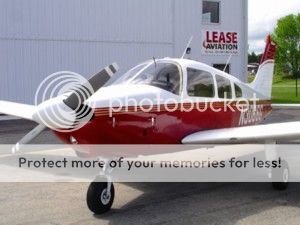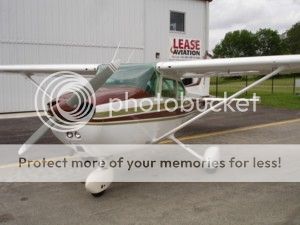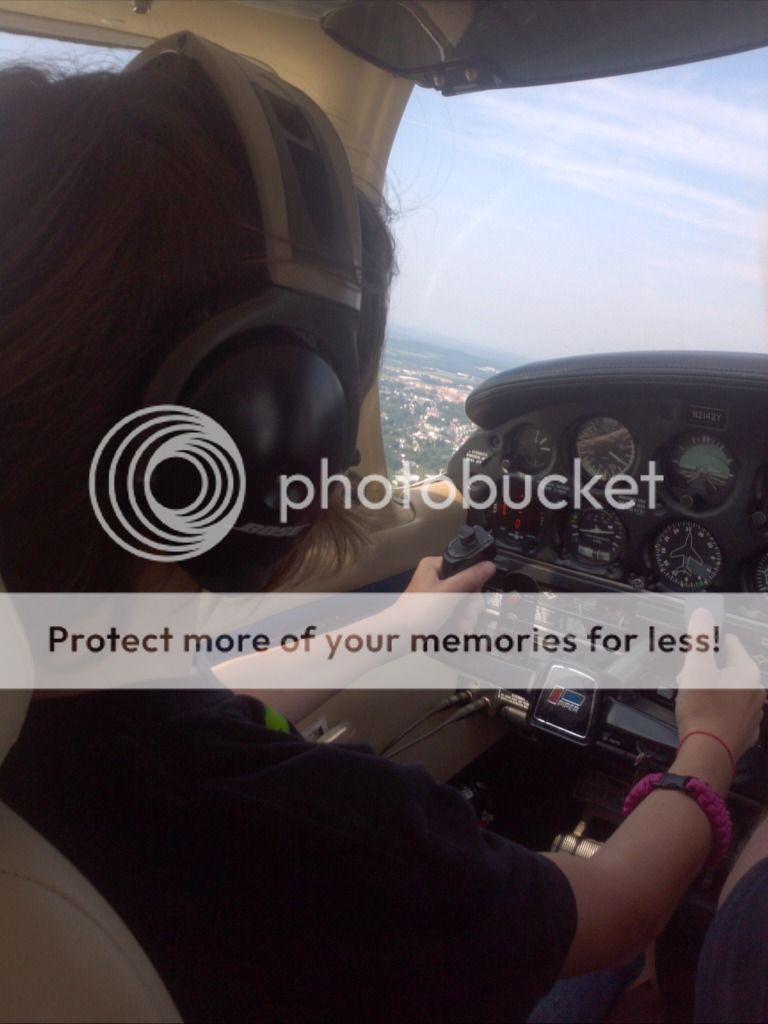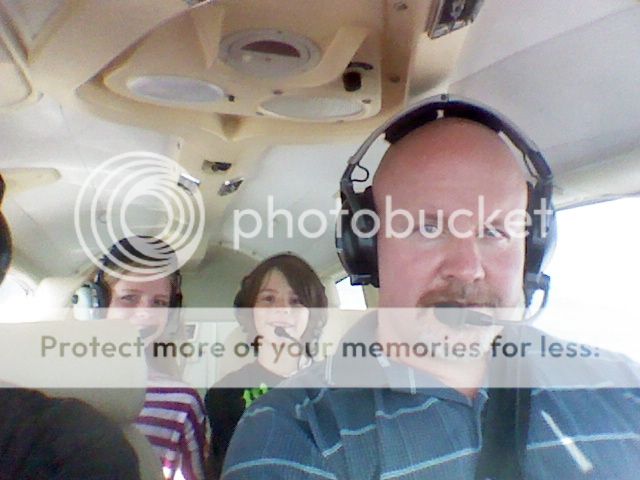Hobobiker
Line Up and Wait
I didn't want to keep adding to my intro thread to track my progress, so I decided to log it here and pick up where I left off. First three out of four lessons were full hours or more, and one was cut short by bad weather and some thermals that bounced us around enough that we cut it short at .6 on the Hobbs meter.
First three lessons: Discovery flight, Slow flight, multiple touch and go's, rectangular pattern work, circle pattern work, 'S' pattern work over a road, simulated engine failure, etc.
Lesson 4, last night: 8 landings, using both sides of the runway. One simulated engine failure using the runway as my cornfield and actually landed it power off from 2400 MSL. Slow flight exercises. Had me do multiple slips on final to show how we can drop altitude quickly if needed. Also noted that my 'color issues' do not keep me from seeing the red and white lights on approach. I can see them just fine! Stalls are next lesson he tells me.
Stalls are next lesson he tells me.
Kept messing up my longer radio calls and thought I had them down. Frustrating, but my CFI reminded me that it was only my third time up after my discovery flight.
First three lessons: Discovery flight, Slow flight, multiple touch and go's, rectangular pattern work, circle pattern work, 'S' pattern work over a road, simulated engine failure, etc.
Lesson 4, last night: 8 landings, using both sides of the runway. One simulated engine failure using the runway as my cornfield and actually landed it power off from 2400 MSL. Slow flight exercises. Had me do multiple slips on final to show how we can drop altitude quickly if needed. Also noted that my 'color issues' do not keep me from seeing the red and white lights on approach. I can see them just fine!
Kept messing up my longer radio calls and thought I had them down. Frustrating, but my CFI reminded me that it was only my third time up after my discovery flight.







